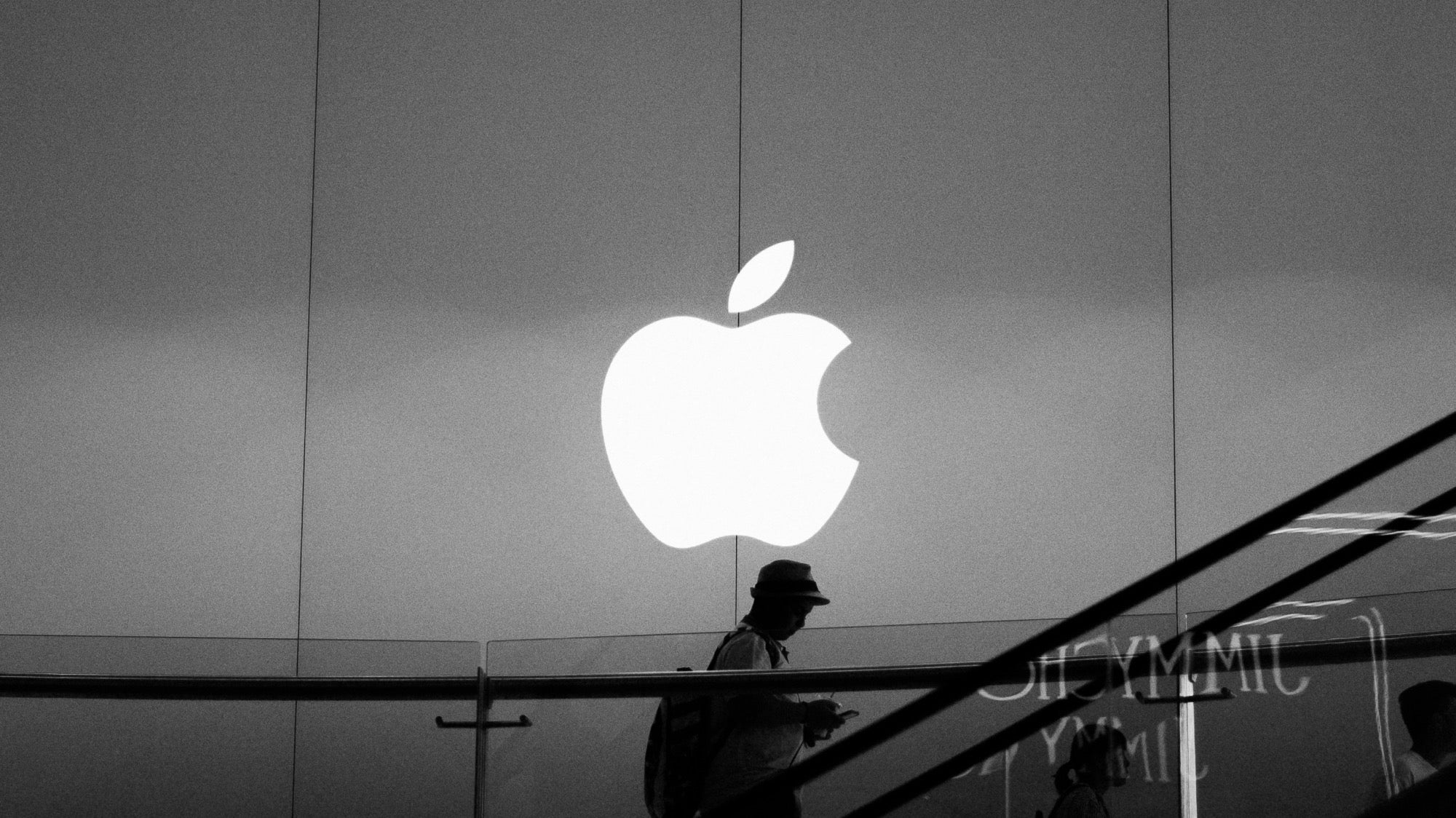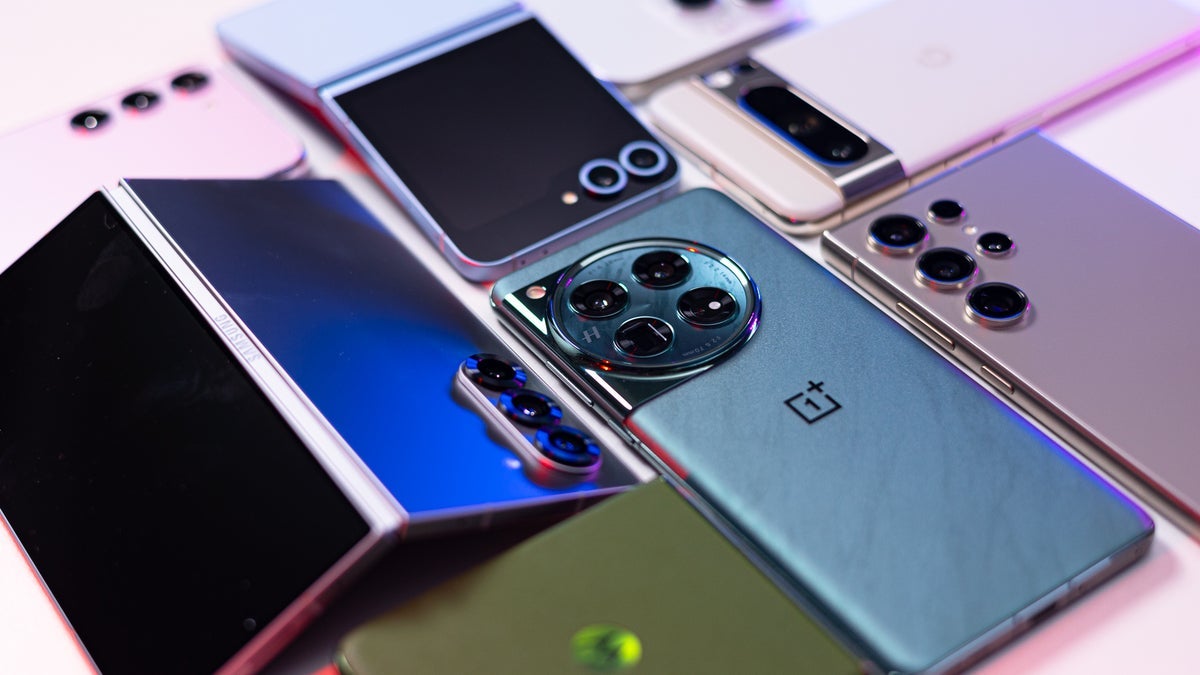Android 16 beta transforms the media output switcher UI
The post Android 16 beta transforms the media output switcher UI appeared first on Android Headlines.


If you’re not sure what the media output switcher in Android is, you’re not alone, but if you listen to music on your phone, then chances are you interact with it on a daily basis, and it’s seemingly getting a fresh new look in Android 16. While not necessarily an earth-shattering change, it feels like a semi-big change because Google has more or less kept the same design for this part of the Android UI for several years. And it’s been a while since Google kept anything looking the same for that long.
According to a new report from Mishaal Rahman over at Android Authority, the media output switcher has a brand-new look with the latest Android beta release version. Google pushed out Android 16 Beta 4 last week, and details about some of the software version’s changes have been popping up here and there. The more time people use it, the more something else seems to be discovered. Now, these aren’t massive changes. There’s no massive overhaul coming to Android’s entire UI design. However, Google does seem to be cherry-picking certain parts of the UI and updating them. That appears to be the case with the media output switcher in the latest Android 16 Beta release. As Rahman notes, this slightly altered design looks to more closely follow Google’s guidelines for Material Design 3.
The media output switcher in Android 16 may not come to the stable release
While this visual update has made its way into the beta, that doesn’t mean Google is going to push this out in the stable release. That being said, it’s entirely possible that this design will stick around after Android 16 is fully pushed out in June.
For now, Google is “experimenting” with this design and may be looking to see how users react to it. If you’re still unsure what the media output switcher even is, that’s ok. You can find it in the notification for the currently playing audio. When you stream something from an app like Spotify or YouTube Music, for example, a notification pops up for that media. In the top right corner of that notification, there’s a little button (called a chip) that shows what device is playing the audio. Such as a phone or a connected pair of headphones.
When you tap that chip, the media output switcher panel shows up. Its main purpose is to give you an easy way to select a new device to play the audio. This is the element of the UI that has seen some changes. As Rahman points out, it hasn’t received a design change since Android 11. Other than a heading that labels the devices as speakers and displays. Now, Google is shaking things up a bit by altering parts of the design in more significant ways.
Some of Google’s changes are for the better, some are not
For starters, the speakers and displays section no longer has a pill-shaped enclosure for the different devices in the list. Instead, the list simply contains the device names and the device names only. This isn’t a major issue, but it was more visually appealing the way that Google had it in Android 15. One could also argue that it might make it easier to accidentally tap the wrong device. Since now there are no defined spaces between devices. Though that’s probably just me nitpicking.
Secondly, Google has moved the button that allows you to connect a new device. In the current version of the design in Android 15 and before, the media output switcher places this button in the list with the other devices. It also has it remain at the bottom at all times. So, if you want to connect a new device, you’d scroll through the list of devices in the media output switcher. You’d then see the button below the last connected device.
In the new design, this button has now been placed at the top of the media output switcher. Visually, you’ll see it just below the label for the currently playing audio. It’s actually easier to find now, so this change makes sense. As you aren’t having to scroll to connect a new device. The button is right there. In short, this seems like a convenience thing. It’s a change that users will probably end up loving.
As for the last change, Google has updated the volume slider in the media output switcher. The volume slider now has a slimmer design, and it has a line running through the slider bar that makes it more visually distinguishable what your volume level is. Not that this was hard to tell before. That being said, the line in this new look is most certainly easier to see. This bar also now contains a tiny icon that depicts the device that’s connected. Such as a pair of earbuds or a speaker. Overall, these changes are minor, but they also appear more streamlined.

The post Android 16 beta transforms the media output switcher UI appeared first on Android Headlines.









































































































































































![[The AI Show Episode 144]: ChatGPT’s New Memory, Shopify CEO’s Leaked “AI First” Memo, Google Cloud Next Releases, o3 and o4-mini Coming Soon & Llama 4’s Rocky Launch](https://www.marketingaiinstitute.com/hubfs/ep%20144%20cover.png)
















































































































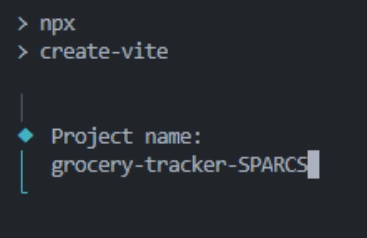
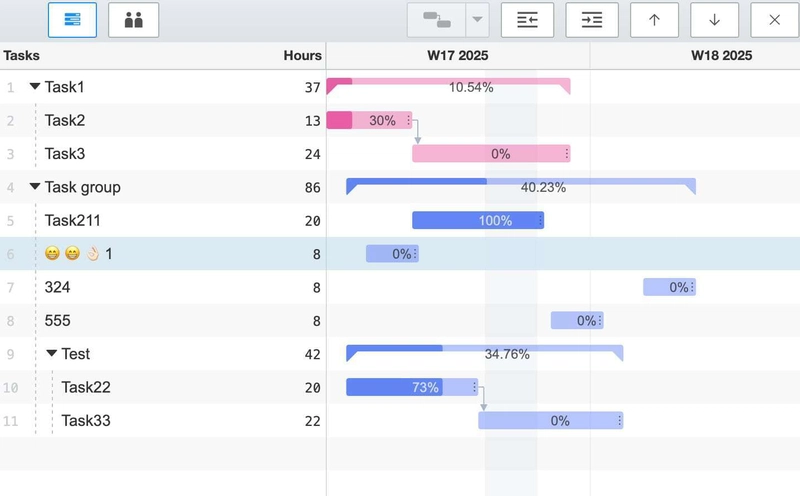







































![Is This Programming Paradigm New? [closed]](https://miro.medium.com/v2/resize:fit:1200/format:webp/1*nKR2930riHA4VC7dLwIuxA.gif)



























































































-Classic-Nintendo-GameCube-games-are-coming-to-Nintendo-Switch-2!-00-00-13.png?width=1920&height=1920&fit=bounds&quality=70&format=jpg&auto=webp#)























_Olekcii_Mach_Alamy.jpg?width=1280&auto=webp&quality=80&disable=upscale#)

























































































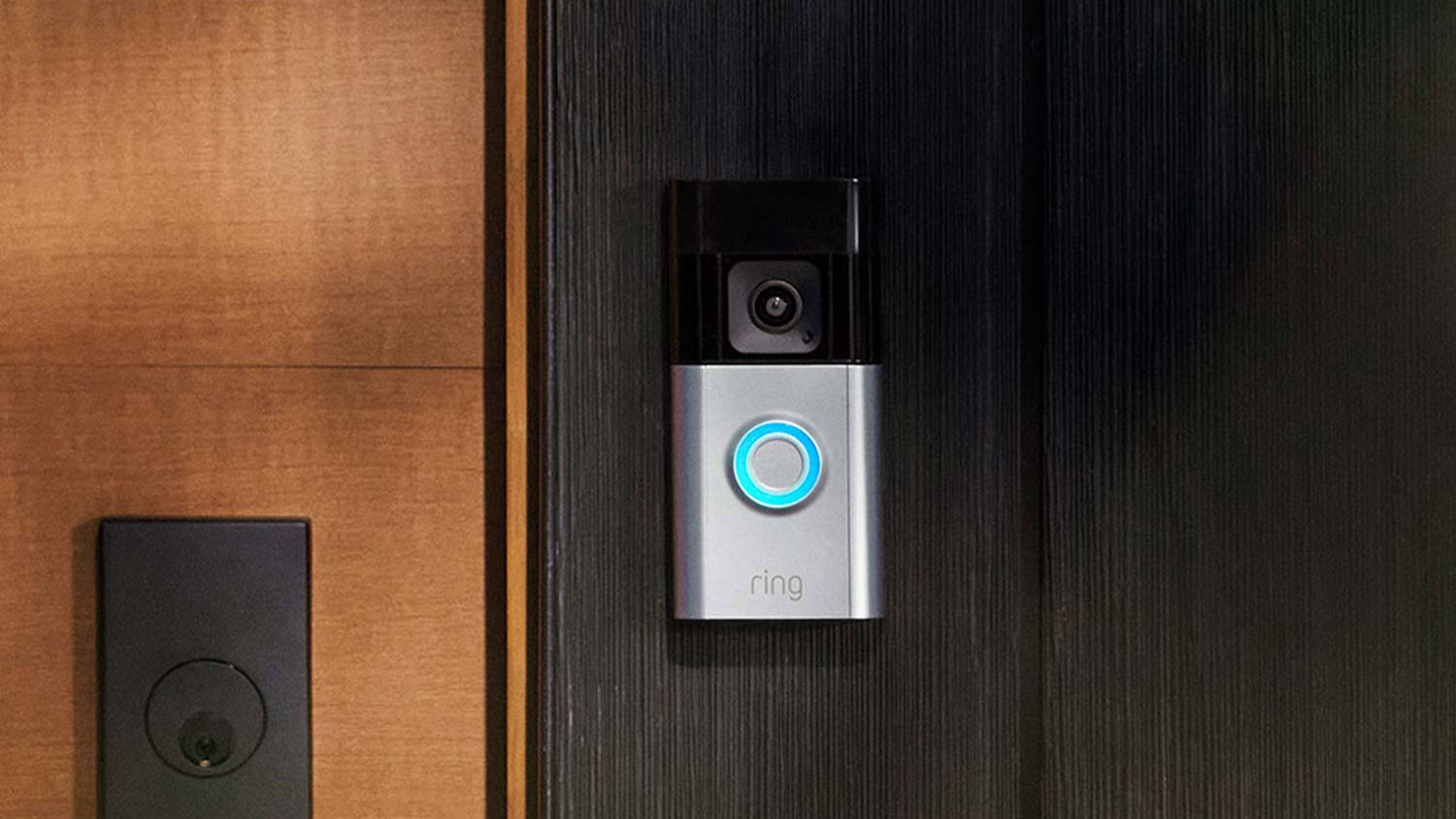





















![M4 MacBook Air Drops to New All-Time Low of $912 [Deal]](https://www.iclarified.com/images/news/97108/97108/97108-640.jpg)
![New iPhone 17 Dummy Models Surface in Black and White [Images]](https://www.iclarified.com/images/news/97106/97106/97106-640.jpg)




















































